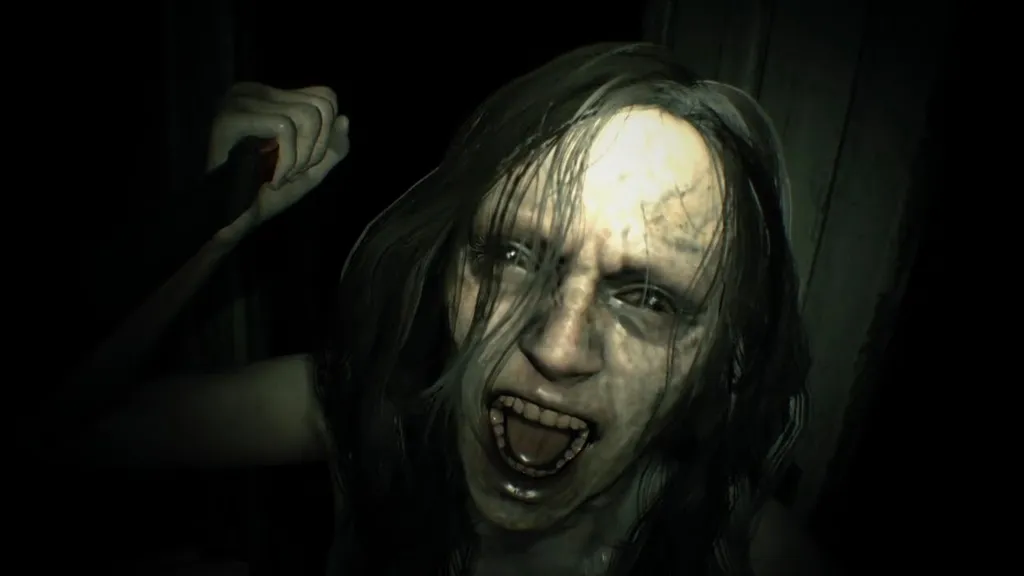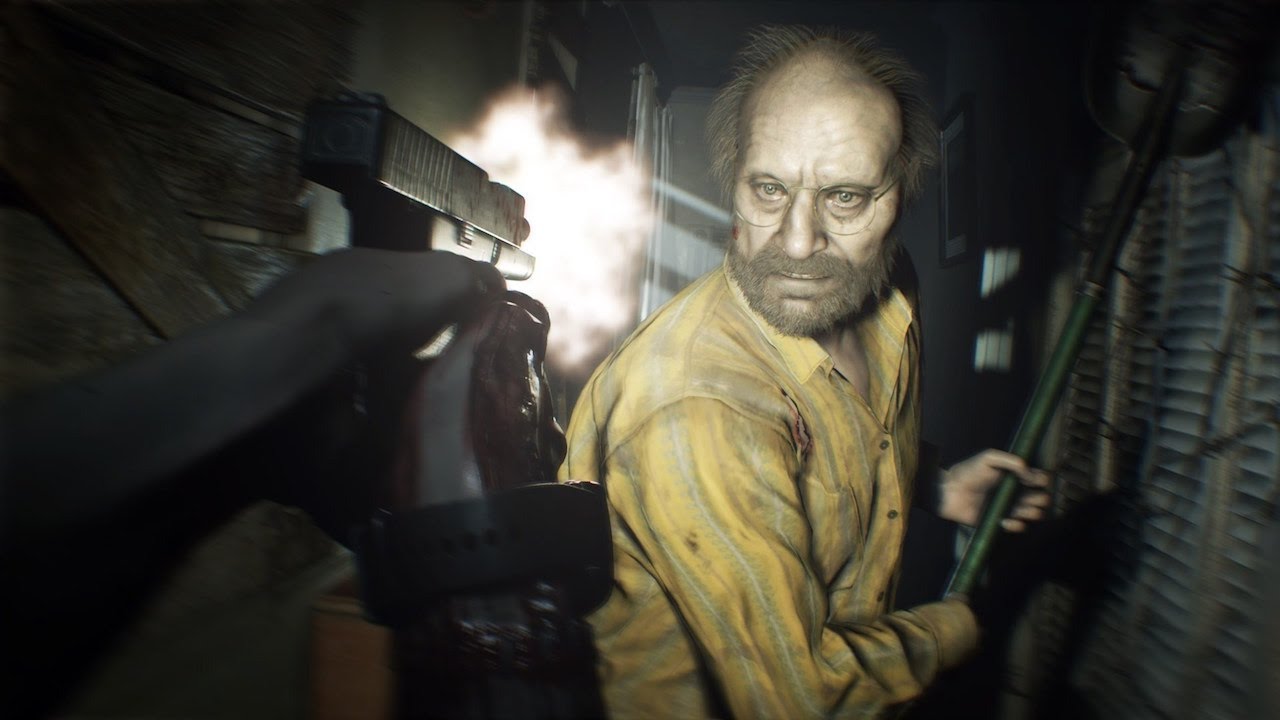Earlier this week a rumor started circling, backed by respected outlets, that Resident Evil 8 would return to a first-person perspective.
Naturally, my first thought (and likely yours) was to what that could mean for VR support, which has been absent in the franchise since 2017’s Resident Evil 7. There’s been two admittedly very different Resident Evil games since and no VR support to speak of. The more I think about it, though, the more I’m convinced securing VR support for Resident Evil 8 is an essential step in Sony’s bid to win over skeptics with PSVR 2 and VR on PS5 in general.
Resident Evil 7’s surprise PSVR support — revealed in the middle of its historic E3 2016 press conference — sent a message for PSVR and the wider VR industry. It was an indication that VR wasn’t just going to be home to quirky, experimental experiences and franchises you’ve never heard of (even if, ultimately, the latter category hosts some of PSVR’s best games). More than anything, it was a promise that dedicated gamers would be rewarded for taking a risk on PSVR.
For the most part, Sony kept that promise over the past three and a bit years. Inarguably, PSVR performed far better than many skeptics would have believed, selling over 5 million units and amassing a hugely respectable library of games including big names like Skyrim VR and No Man’s Sky as well as compelling, VR-native properties like Blood & Truth and the wonderful Astro Bot: Rescue Mission.
But, overall, these releases have been few and far between; the last 6 months, in particular, have been noticeably barren for PSVR. August 2019’s release of No Man’s Sky Beyond was the last ‘big’ launch for the platform, and that won’t be followed up until at least the May 2020 launch of Iron Man VR. After that? Well, it may be a long wait for virtual salvation.
For its first run at the VR market, these shortcomings are frustrating, but understandable, especially given PS4’s relative lack of power compared to PCs. The next PSVR will be a headset with far less leniency paid its way. Much of PSVR’s life has been dominated by recurring discussions about how it is ‘early days’ for VR. The headset used decade-old tracking technology during a time when VR game design was still finding its footing. That can’t happen with PSVR 2; it must be a product that’s consumer ready from top to bottom.
But by the time Resident Evil 8 arrives we’ll be in a new era with very different expectations. Titles of Resident Evil’s size and scope made from the things learned after a half decade of VR game design would send the same kind of message Sony sent in 2016, especially when paired with the company’s stable of IP. Sony contends it cares about gamers and the games they play more than other companies, and doubling down on Resident Evil 8 in VR would reinforce that message for a new generation.
And that’s just the start of it. PSVR was also cursed with half-in VR modes like Gran Turismo Sport’s bare bones content. Gran Turismo 7, if it’s coming to PS5, needs to have full PSVR support. That is the level of commitment to the platform we should expect from Sony next generation, the level of commitment it needs to show to prove its serious about making VR a mainstream platform.
There are some quick wins the company could pull off in this category. Ports of some of the PC VR games that have evaded PSVR thus far are a must. Boneworks comes to mind, but Sony also needs to get Half-Life: Alyx running on a VR headset on PS5 as soon as humanly possible. Plus a rejuvenated backwards compatible library, which developers can patch to bring up to PC VR standards, will be essential.
PSVR 2 needs to be where Sony jumps from plucky experiments to a full fledged platform. To do that, it’s going to have to bring out the big guns. Let’s hope we see the company do just that in 2020.





























